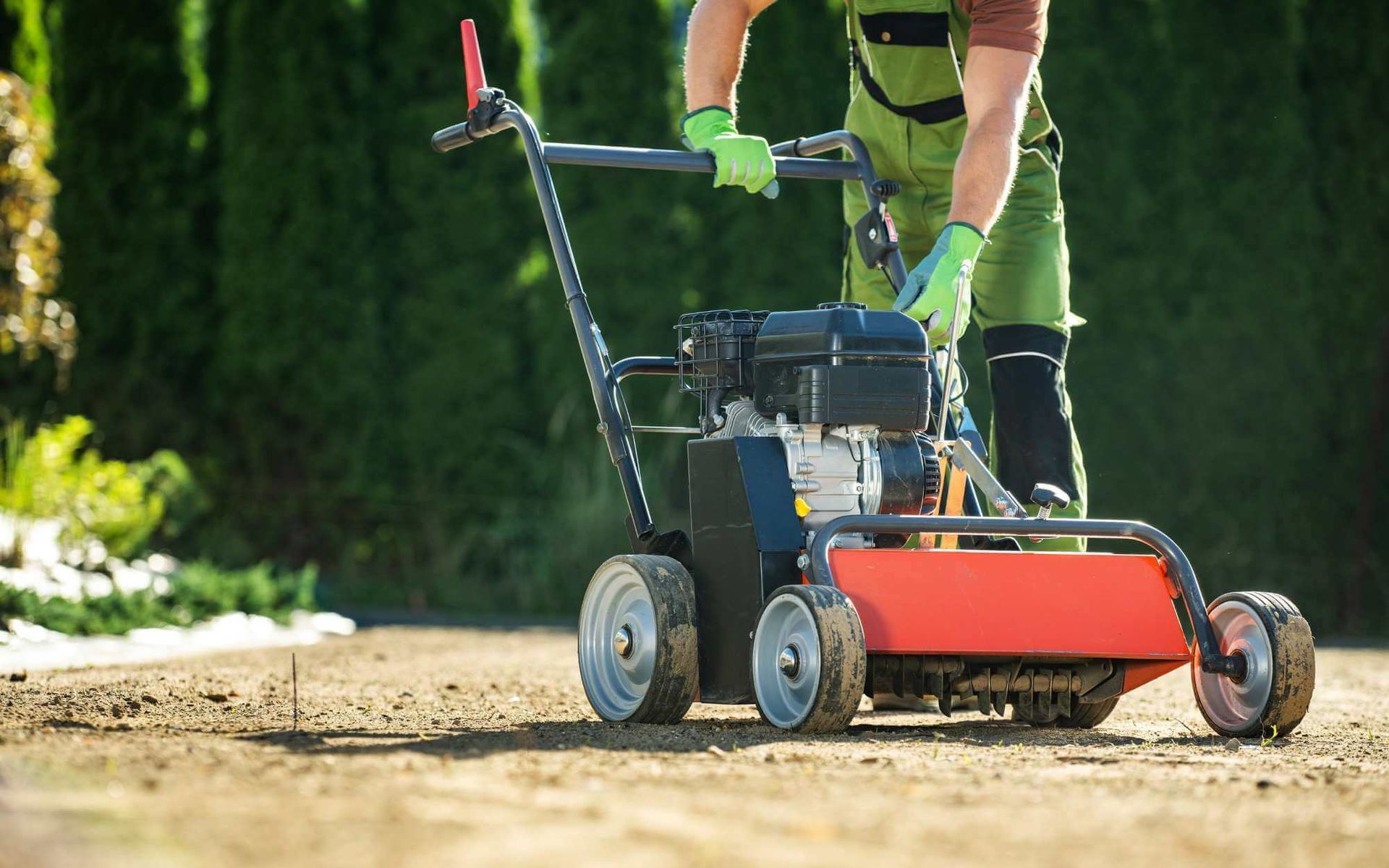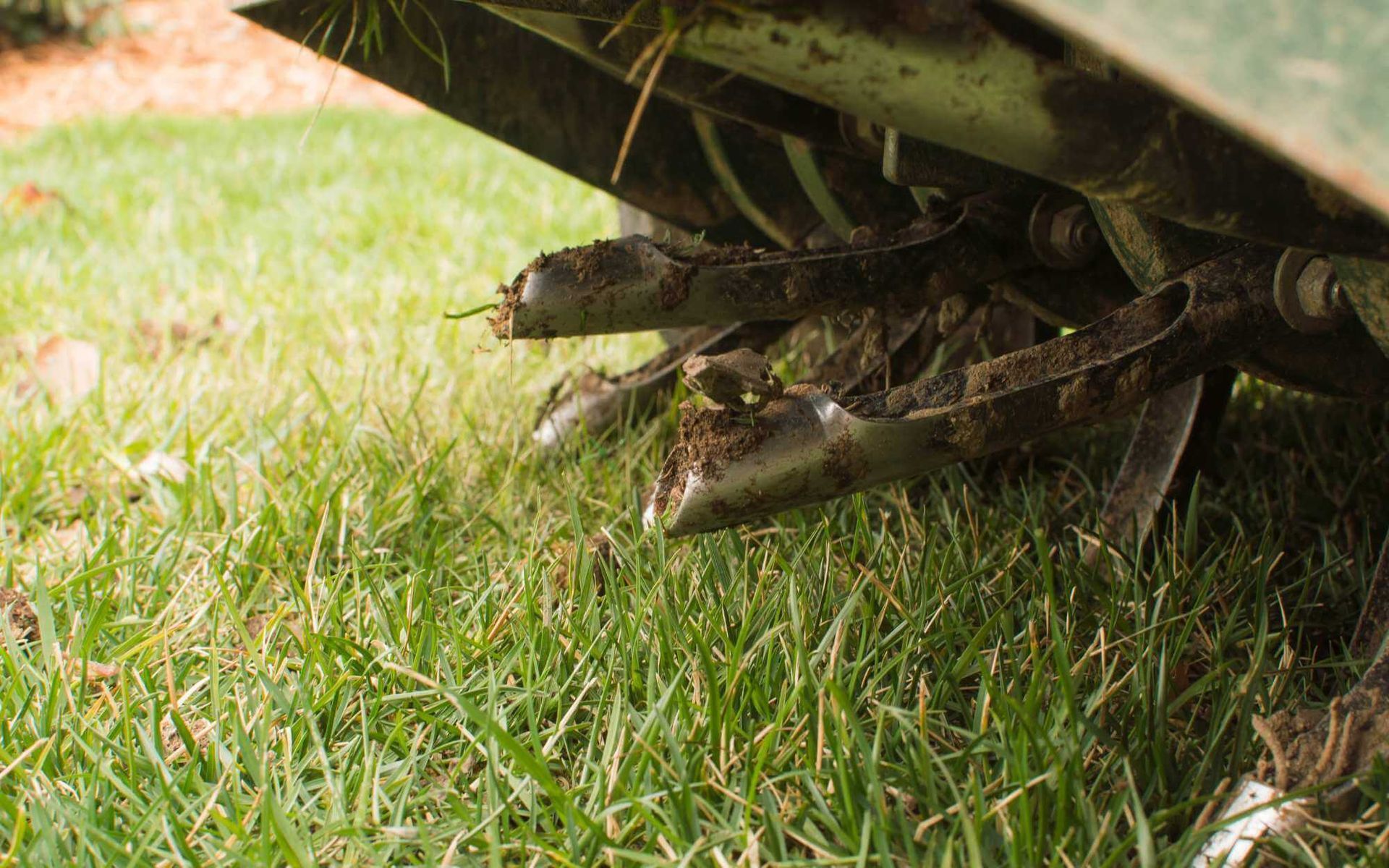Enhancing Nutrient Absorption through Soil Aeration
PUBLISHED ON
SHARE THIS ARTICLE

The health and growth of plants are largely dependent on nutrient absorption, a critical process that fuels their development and sustenance.
Just as we rely on a balanced diet to thrive, plants too require a mix of essential minerals and nutrients absorbed through their root system. Yet, the efficiency of this nutrient absorption isn't just a matter of what's in the soil—it's also about how easily those nutrients can reach the root zone.
This is where soil aeration comes into play, a cultivation technique often overlooked in discussions around plant health. Soil aeration enhances nutrient absorption by improving soil structure, facilitating better water movement, and enabling helpful aerobic bacteria to flourish.
Join us as we delve deeper into the importance of soil respiration in plants, and discover the
transformative role of soil aeration in optimizing this crucial process.
How Soil Aeration Enhances Nutrient Absorption
Soil aeration significantly influences root growth and development. By creating spaces in the soil, aeration allows roots to expand freely, fostering robust plant growth. It also bolsters oxygen availability, a vital element for root respiration. Soil oxygen enables roots to convert nutrients into usable energy, facilitating the fundamental processes of plant growth.
Furthermore, aeration promotes nutrient uptake by roots. Enhanced soil structure eases the movement and accessibility of essential minerals, ensuring plants receive a balanced, nutritional diet.
Thus, soil aeration plays a triple role: promoting root expansion, enabling efficient root respiration, and facilitating nutrient absorption, all of which are vital to plant health and productivity.
Techniques for Soil Aeration

There are several ways to aerate soil that help enhance nutrient absorption:
Natural methods
Natural methods for soil aeration involve the use of earthworms and plant diversity. Earthworms naturally burrow through soil creating channels that improve aeration and water accessibility. Diverse plant roots also aerate the soil as they grow and penetrate different soil layers, promoting its overall structure and enhancing nutrient absorption.
Mechanical methods
Mechanical methods of soil aeration such as tilling and using aerators can be highly effective.
Tilling involves turning and loosening the soil, which can significantly improve aeration and facilitate deeper penetration of water and nutrients. On the other hand, aerators are specialized tools that remove small plugs of soil, thereby creating channels for increased air, water, and nutrient movement.
These mechanical methods not only enhance soil structure but also contribute substantially to the overall health and productivity of plants.
Remember, poor soil aeration can cause various problems, such as soil compaction, so it's crucial to ensure that your soil is adequately aerated. By taking the right steps and using the proper methods, you can easily improve soil aeration and create a healthier growing environment for your plants.
Benefits of Enhanced Nutrient Absorption
With improved soil aeration, plants can absorb nutrients more efficiently, leading to several benefits:
- Stronger root systems: Adequate access to oxygen and nutrients results in stronger and more extensive root systems that promote overall plant health and resilience.
- Better absorption of micronutrients: Soil aeration allows better movement of micronutrients like iron, copper, zinc, manganese, and boron. These essential elements are vital for plant development and play a crucial role in biochemical processes.
- Increased drought tolerance: With efficient root respiration and optimal soil moisture, plants can better withstand dry conditions, as they have ample energy reserves to rely on during periods of low water availability.
- Enhanced productivity: With improved artificial soil aeration volume, root aeration improves yield, plant growth, and quality of produce.
Conduct soil aeration for better nutrient uptake!
Nutrient absorption is a critical process for the health and productivity of plants. Through soil aeration, we can create conditions that enhance this fundamental process, ensuring our plants receive an optimal mix of nutrients to thrive.
By utilizing natural and mechanical methods, we can improve soil structure and promote robust root growth, leading to several benefits such as stronger root systems, better absorption of micronutrients, increased drought tolerance, and enhanced productivity.
So prioritize soil aeration and unlock the full potential of your plants! Contact our experts for guidance on the best aeration techniques for your specific soil and plants. So, don't wait any longer;
conduct soil aeration today and see the difference it makes in your garden or farm!
Want a free quote or some friendly advice? Call our team today:






